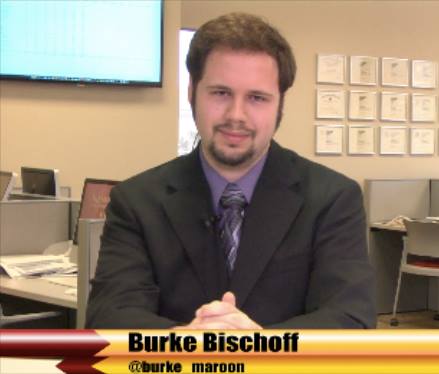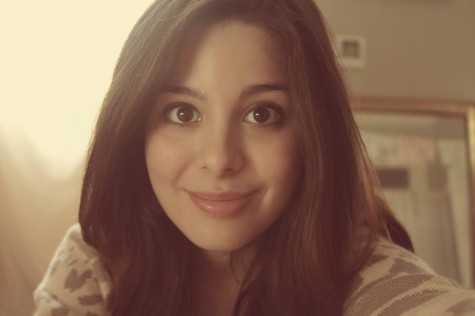Falling into place
After a year of planning, the university announced how it will rearrange its colleges to create an atmosphere of collaboration and learning
February 27, 2015
Loyola’s University Senate has decided on a new college structure, which includes the restoration of a former college and changes to existing colleges.
On Feb. 20, Marc Manganaro, provost and vice president of academic affairs, announced the new model, which is said to help move the university forward in becoming a collaborative, learning-centered institution by the fall of 2016.
The new structure will restore the College of Arts and Sciences — taking departments from the College of Humanities and Natural Sciences and combining them with programs from the College of Social Sciences.
Manganaro said two committees, the Senate Ad Hoc Committee on Academic Structures and the Provost’s Advisory Committee for University Restructuring, worked on gathering data for the plan with faculty input during 2014. He said the best interest of the students as well as making Loyola a learning-centered community were at the heart of the decision.
“It is the intention that the restructuring will move us toward a more streamlined and efficient course registration and advising practices,” Manganaro said. “The decisions on restructuring will also be discussed and factored into the work of the consultant and the advisory committee on the university’s long-term financial equilibrium.”
One of the changes included in the restructuring includes dissolving the College of Social Sciences.
Roger White, interim dean of the College of Social Sciences, said once the restructuring plan is fully implemented, he will return to his role as a professor.
“When the reorganization process is concluded, I will resume my teaching duties and those administrative tasks requested of me at the pleasure of the provost,” White said.
The restructuring plan also includes moving the School of Mass Communication to the College of Arts and Sciences, which was the topic of much discussion in the development process, according to Manganaro’s email announcement.
Manganaro said that Maria Calzada, future dean of the College of Arts and Sciences, and Sonya Duhé, director of the School of Mass Communication, are currently discussing concerns regarding the school’s transition.
“Mass Communication will remain a school with a director, and the full expectation is that it will thrive within a reconstituted College of Arts and Sciences,” Manganaro said. “Throughout this year, I will work with the School of Mass Communication on this transition, as I will with other units that are seeing changes in reporting.”
White said he would help with restructuring all of the schools that are affected during the next year.
“My task will be to help the process of reorganization in such a way that we maintain continuity of service for the students, faculty and staff of all the relevant departments and schools,” White said.
Manganaro said changes in the university’s staff as a result of the restructuring are yet to be determined.
“There will be many discussions at many levels throughout the coming year,” Manganaro said. “Also, there is no intention or plan to reduce workforce.”
White said he took the position of interim dean of the College of Social Sciences so he could focus on those administrative duties needed for the schools and departments under his purview. He said he respects the restructuring process and the work it is tasked with improving upon.
“The provost has had consultative process in play on the matter of reorganization,” White said. “I support and respect that process.”









